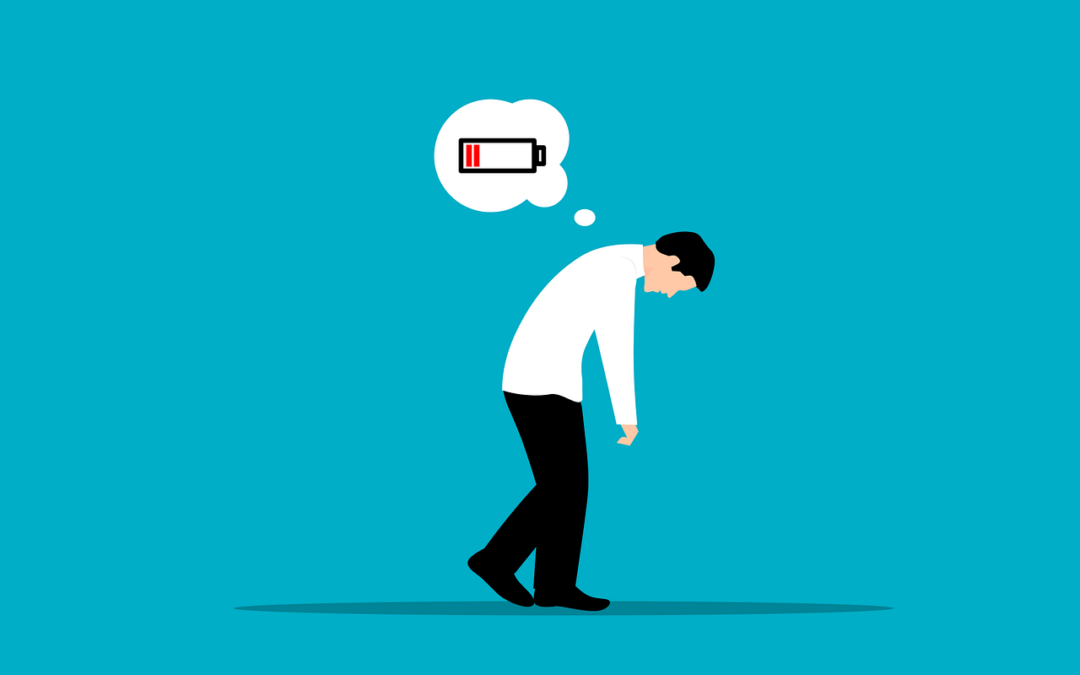Burnout has been on the rise.
According to the American Psychological Association’s 2021 Work and Well-being Survey, 79% of employees experienced work-related stress. Of these, 3 of 5 respondents reported measurable negative impacts including lack of interest, motivation, or energy (26%) and lack of effort at work (19%). Another 36% reported cognitive weariness, 32% reported emotional exhaustion, and 44% reported physical fatigue—a 38% increase from the year prior.
Workers nationwide are burnt out, and yet this doesn’t mean all negative feelings related to one’s job are a sign of burnout. Sometimes, a bad week (or weeks) is simply that, but sometimes it’s a sign of a more severe mental health condition.
Distinguishing depression symptoms from burnout symptoms is not always easy. Feelings of exhaustion and alienation are common to both as is self-doubt, decreased productivity, and a sense of helplessness. Nonetheless, burnout and depression are not the same, and ensuring the two are not confused is crucial to gaining proper treatment.
Distinguishing Depression and Burnout
The World Health Organization (WHO) characterizes burnout as an “occupational phenomenon” meaning it is intimately linked to a person’s work. While some researchers insist that burnout may also arise from non-work-related activities such as parenting, it is nonetheless agreed that its presentation (and resolution) are connected to context. That is, when a person steps away from the source of their burnout (by, say, taking a stress leave), symptoms often improve. Depression, on the other hand, is a clinical condition that is not so easily treated.
Complex genetic and environmental factors not yet fully understood by science contribute to the onset of depression. Trauma, big life changes, a history of depression in the family, and, yes, burnout are all risk factors, and this variety makes treatment especially difficult.
A combination of antidepressants and cognitive behavioral therapy are the traditional avenues for addressing depression and yet they do not always work for everyone. Treatment-resistant depression (TRD) affects one-third of adults with major depressive disorder. Until recently, individuals afflicted with this condition struggled to find relief no matter where they turned.
Cracking the Code on TRD
While not a recent discovery, it is only in the last decade that ketamine infusion therapy has received widespread acknowledgment as an effective treatment for TRD. In 2019, esketamine, a ketamine-derived nasal spray, gained U.S. Food and Drug Administration (FDA) approval for the treatment of adults with TRD. Ketamine, itself, has long been approved by the FDA for use as an anesthetic and more recently has shown incredible promise as a treatment for a wide array of mental health conditions.
Numerous studies attest to the rapid and sustained relief from TRD provided by ketamine infusion therapy. Likewise, a growing body of literature recognizes the treatment’s potential to address anxiety and chronic pain issues. To learn more, do not hesitate to schedule a consultation at Vitalitas Denver—a ketamine clinic staffed by a qualified and experienced full suite of dedicated medical professionals.
Contact Vitalitas Denver


